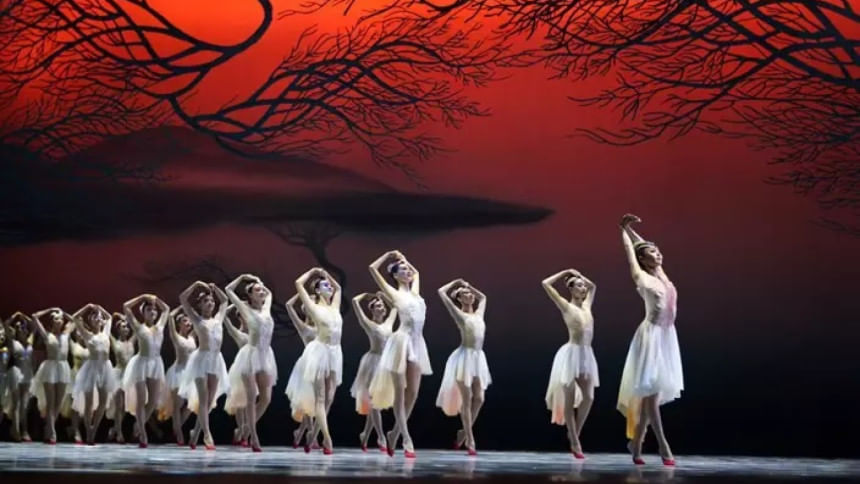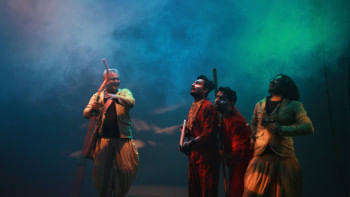An experience at Beijing’s NCPA: When art speaks for nature

A performance hits the landmark of being memorable when it challenges the audience to think while leaving them with lasting realistic realisations. In the same vein, the dance drama "Crested Ibises" unfolds a profound meditation on the fragile relationship between humans and the natural world.
During my recent visit to Beijing, I had the privilege of experiencing this truly unforgettable production by Shanghai Dance Theatre at the National Centre for the Performing Arts (NCPA). "Crested Ibises", a signature environmental dance piece, blends traditional Chinese dance movement, classical ballet, and modern movement.
The leading story of this performance is deeply symbolic and environmental in nature. It unfolds the life journey of the crested ibis, a rare bird species that almost went extinct in China during the 20th century due to industrialisation, environmental destruction, and human neglect.
The performance initially portrays the ibis as a beautiful, graceful presence in the natural Chinese landscape, living in harmony with mountains, rivers, and villages. As human activity intensifies — pollution, deforestation, modernisation — the ibis gradually disappears from the environment, symbolising the broader extinction crisis.

The heart of the story is filled with a sense of loss and emptiness, where the natural balance is broken and the birds vanish. In the final act, the crested ibis begins to return and thrive again, symbolising hope, renewal, and the possibility of co-existence between humans and nature, as a result of conservation efforts and public awareness.
What struck me the most was how effectively the performance bridged art and advocacy. Without a single word, it created a visceral awareness of what is lost when a species disappears, and why protecting nature is not just a scientific concern but a cultural and emotional necessity. The extinction and reemergence of the ibis became a metaphor for hope — that with care, human beings can restore balance with the environment they often endanger.
The dancers' mastery ensured that the illusion was never broken. The group dances often reflect flight, migration, and flocking patterns, while solo pieces highlight the bird's loneliness and struggle for survival. The synchronicity was so polished that, at times, the movement felt unreal, like a living illusion where every flick of the wrist, tilt of the head, and sweep of the arm echoed the quiet dignity of a bird in flight.
For two hours, the human form ceased to exist, replaced by the fluttering, fragile presence of birds. The technical skill, discipline, and emotional depth required for such a transformation deserve the highest praise.

At a time when the world is grappling with biodiversity loss, performances like "Crested Ibises" remind us how art can speak for the voiceless. It is a call for awareness, compassion, and action, urging us to remember that the survival of nature is intrinsically bound with our own.
The core message I perceived is that humanity's choices directly affect the survival of other species. The crested ibis in the performance becomes a metaphor for environmental destruction, for the responsibility to protect biodiversity, and for the hope of revival when humans act with care.
As the curtains fell with a magnificent curtain call, the performance lingered in my heart not only as a triumph of artistic excellence, but also as a gentle plea: to preserve the beauty that still exists before it, too, becomes a memory.

 For all latest news, follow The Daily Star's Google News channel.
For all latest news, follow The Daily Star's Google News channel. 




Comments